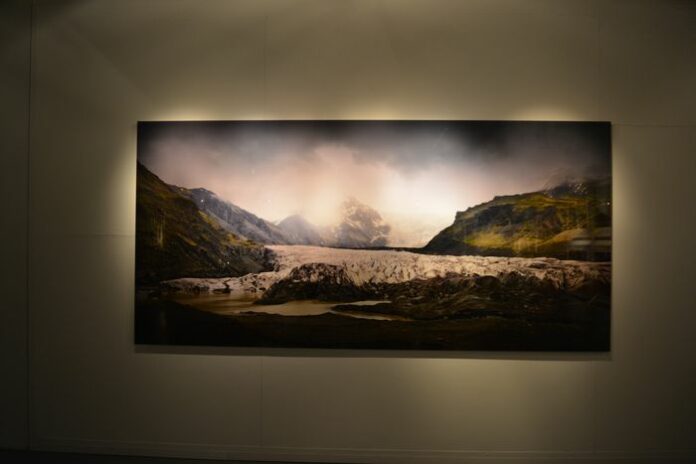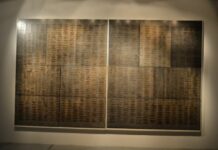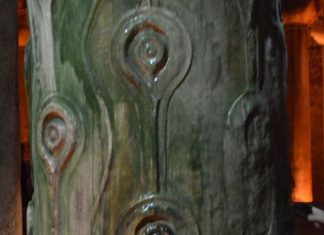Some people think that Göbekli Tepe might be connected to the Garden of Eden mentioned in the Bible. But there are two main reasons why this doesn’t fit with what the Bible says.
1. The Location Doesn’t Match the Bible
According to Genesis 2:10–14, the Garden of Eden had a river flowing out of it that split into four rivers:
Pishon – went through the land of Havilah
Gihon – went through the land of Cush
Tigris – ran along the east side of Ashur
Euphrates
We don’t know exactly where the Pishon and Gihon rivers were, but we do know where the Tigris and Euphrates are today—they are in Iraq and nearby areas, not in Turkey, where Göbekli Tepe is located Edessa.
So, if the modern Tigris and Euphrates are the same ones mentioned in Genesis, then Göbekli Tepe can’t be the location of the Garden of Eden.
2. Eden Had No Buildings
Another reason Göbekli Tepe doesn’t match the Garden of Eden is that nothing was built in Eden. According to Genesis 3:23–24, after Adam and Eve sinned, God forced them to leave Eden. The Bible says:
“So the LORD God banished him from the Garden of Eden… After he drove the man out, he placed on the east side of the Garden of Eden cherubim and a flaming sword… to guard the way to the tree of life.”
This means Adam and Eve were not allowed back in, and they had no chance to build anything there, including a temple or place of worship Private Bulgaria Tours Yachting.
The Garden of Eden was likely left untouched until it was completely destroyed during the flood in Noah’s time (Genesis 6–8).
Göbekli Tepe Doesn’t Match Eden
We don’t know for sure whether Göbekli Tepe was built before or after Noah’s flood, but what we do know is that it doesn’t match the location or the description of the Garden of Eden in the Bible.
So, while Göbekli Tepe is an amazing and very old site, it’s not the biblical Eden.







